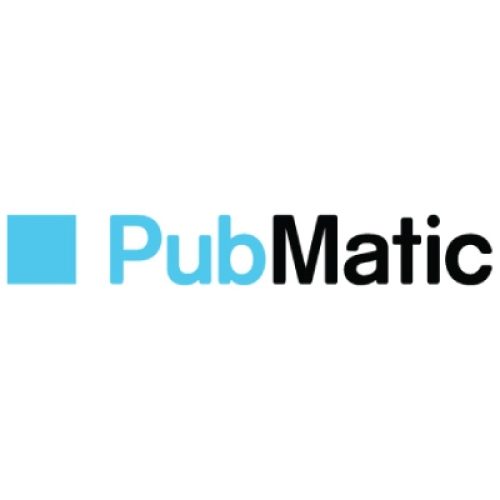
Six Tips To Help Optimize & Maximize Your Open Market Business
Published: 12 Apr 2020
By Emma Newman, CRO EMEA at PubMatic
We are all operating in a world that looks very different today than it did two weeks ago, and the strategies that once worked must be re-evaluated as the situation continues to evolve. Digital publishers are in a unique position due to the coronavirus pandemic. Internet browsing is up as more segments of the global population are ordered to remain home and are therefore spending more of their day online. However, this surge in traffic is not always a good thing for all publishers.
Monetising those increased impressions is becoming a challenge as certain categories of advertisers reduce ad spend in this uncertain climate. Recent PubMatic analysis found, specifically, travel, sports and science advertisers have had some of the biggest drops in ad spend since the global impact of the COVID-19 pandemic hit the industry.
That said, there are some best practices that publishers can follow to reduce the negative impact on their business. One of the most frequent comments we’ve heard from publishers over the past weeks is that their PMP and direct businesses have taken the biggest hit. To help mitigate the risk to monetization, we are kicking off this series with six tips to help publishers optimize and maximize their open market business.
Revisit Your Floor Strategy.
Floor prices play an important role in a publisher’s programmatic strategy, ensuring that their impressions are monetized at an acceptable level. However, given the changing buyer landscape due to the coronavirus pandemic, it would be wise for publishers to re-evaluate their floor strategies to ensure that they are not missing out on opportunities to monetize. Look at which floor prices you’ve implemented in each of the different systems you use to sell your inventory and ask yourself what the impetus was for setting it. Price protection? Higher yield? Fill rate optimization? Then assess whether those remain the right decisions in light of the current bidding environment. Pay special attention to video floors; with prices dropping quickly, you don’t want to miss out on potential buyers who are bidding slightly lower rates.
Synergize Your Floors Across Integrations.
Once your floor strategy is determined, it is important to examine how it is implemented across all SSP partners in your wrapper or ad server. Many publishers have optimized their floor setups based on historical performance metrics. However, as the bidding environment continues to evolve, you should ensure whatever changes you make within your ad server are implemented across your header bidding SSP partner platforms as well.
Check Your Ad Server Prioritization.
Many publishers have their ad servers configured to prioritize direct sales and PMP, and for good reason. The preferred nature of the deal structure often warranted higher prices, which in turn warranted the prioritized status. However, as PMP and direct spend is dropping and monetization is becoming more challenging for some publishers, it is important that you check to ensure the prioritizations still make sense for your business. Are you prioritizing any partners that are not yielding results? For example, are one partner’s $2 PMP bids prioritized over another that is bidding $4 on the open exchange?
Reassess Advertiser and Category Blocks.
The impact of the coronavirus on ad spend is impacting some categories of advertisers disproportionately more than others. Recent PubMatic analysis found that travel ad spend was down 65% between the beginning of March and the middle of the month (once the largest impact of the pandemic hit the global ad industry). Other categories, such as news, online services, delivery services and hobbies and interest experienced greater spend over the same period as demand for their services increased. As publishers look to boost their revenue over the coming months, it will be important to revisit these category and advertiser blocks to see if there is room to adjust within a publisher’s brand safety guidelines.
Maximize Competition For Your Inventory.
The header bidding boom of the past few years has taught us definitively that more competition yields higher revenue for publishers. As you look to improve monetization of your properties, it may be wise to revisit your DSP and buyer mix and potentially re-enable DSPs you may previously have blocked. This could drive more demand for your inventory, boosting monetization potential. Of course, there is increased risk given the uncertain economic climate, and it is important that publishers maintain credit diligence and optimize their DSP partners accordingly. Additionally, you may want to consider adding additional wrapper integrations, and more SSPs within each wrapper, to further increase demand.
Enrich Your Inventory With Data.
As overall impression volume rise as advertiser spend goes down, it is important that publishers ensure their inventory is as lucrative as possible for the buyers who are still, and in some cases increasing, spend. Enriching traffic with identity data can drive increased CPMs for each impression. If you use a Prebid wrapper, consider opting for Prebid User ID module and initially choose identity vendors who do not require a contract so you can get started quickly. Also, any publisher can also leverage PubMatic’s Identity Hub to tap into and manage various identity providers
Categories: Member News